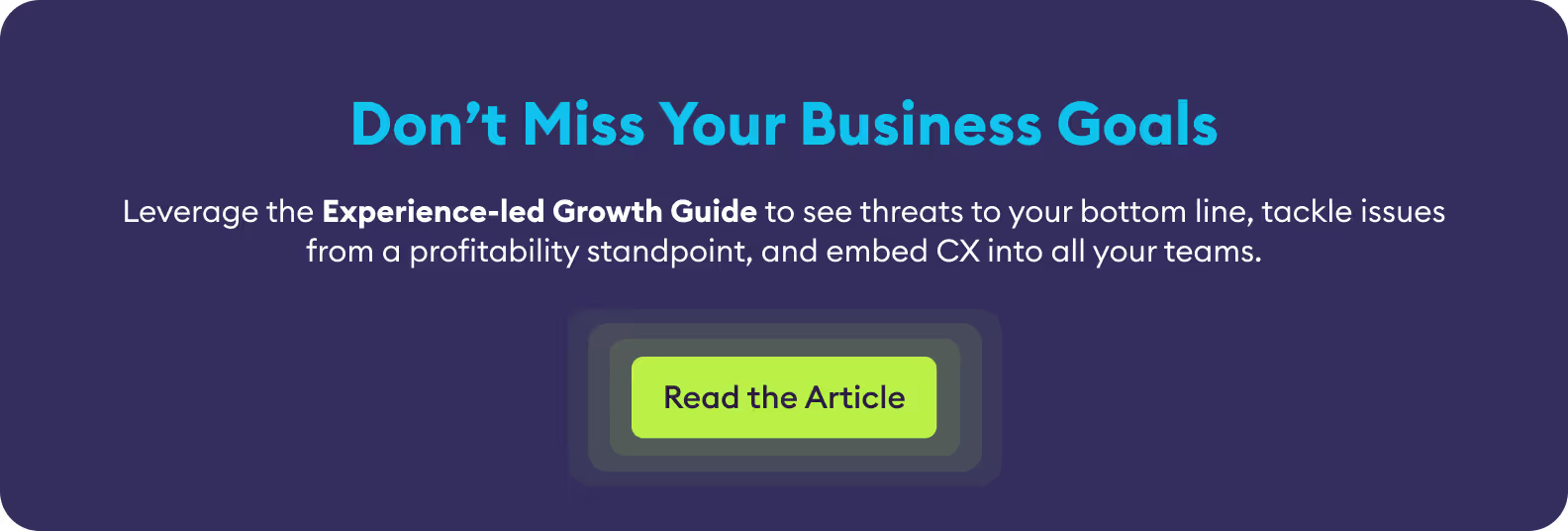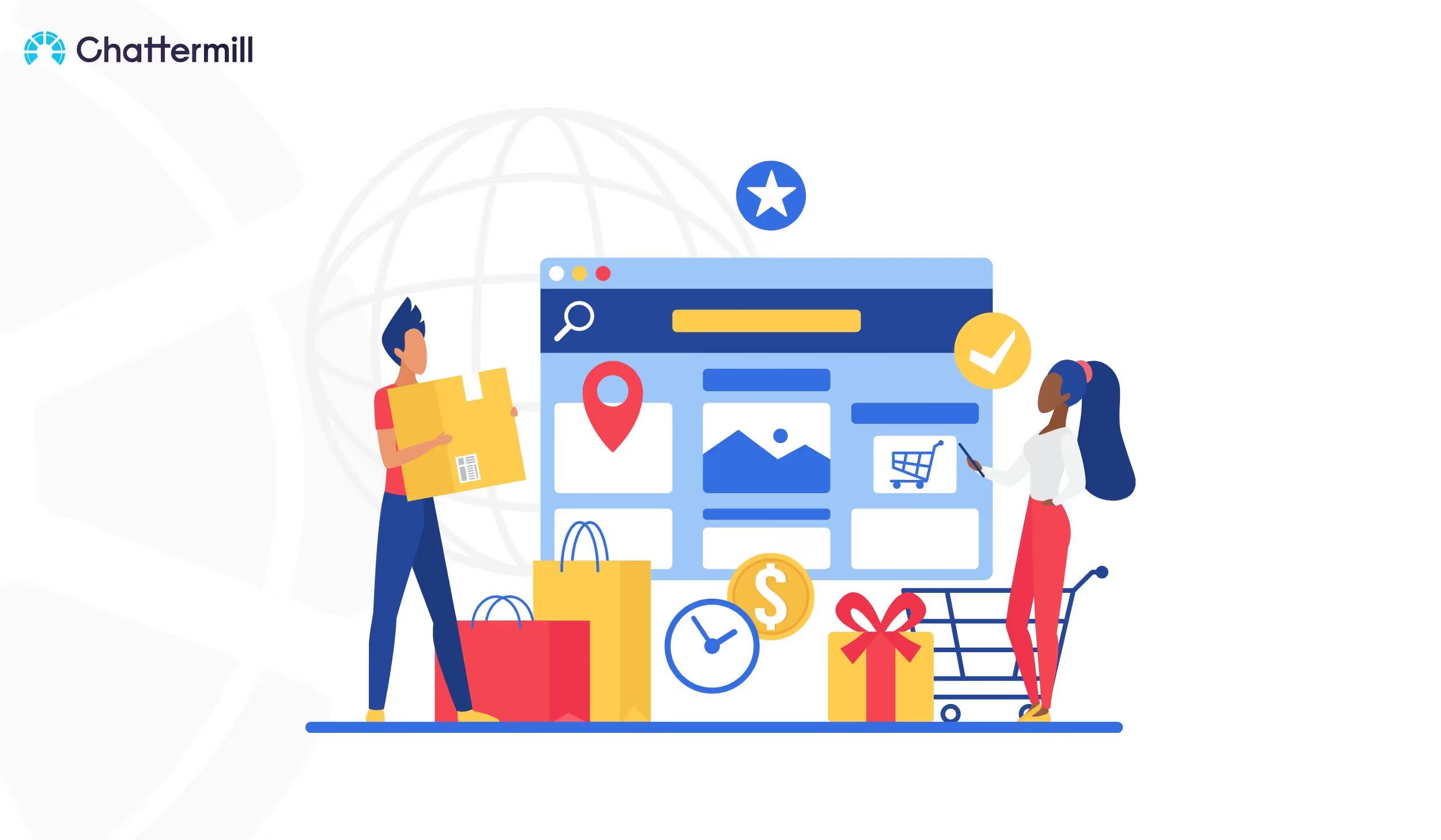If you came here looking for a sales pitch, you’re going to be disappointed. Instead, get ready for a master class on how you can harness your customer experience data – in multiple forms and from myriad locations – to reveal new insights about your retail operation. You’ll learn how small changes – and big ones – can reduce returns, increase profits, improve customer lifetime value, and weed out good customers from bad.
Read on if you’re ready to get closer to your customers and unlock profitability using data that’s readily available.
What This Looks Like in Practice
Let’s briefly explore how Customer Experience Intelligence can be applied to retail use cases. CX Intelligence is vital for growth strategies because it helps you better understand customer behavior. It shows you what your customers are thinking and feeling.
With the right customer experience data you’ll be able to optimize your retail customer experience for maximum profitability. Retail is awash in customer feedback so let’s jump in and look at how a thoughtful approach to CX projects can lead to financial reward.
Here are the top 6 use cases for CX Intelligence in the retail industry.
1) Boost Voice of the Customer (VoC) metrics
Are you struggling to get buy-in for your CX programs? Optimizing your VoC metrics can be an excellent way to get the attention of key stakeholders.
The Net Promoter Score (NPS) and Customer Satisfaction Score (CSAT) are two of the most popular key performance indicators used to track how satisfied your customers are with your products and services. Anything that asks for a rating can contribute to VoC metrics, from post-purchase surveys to app ratings.
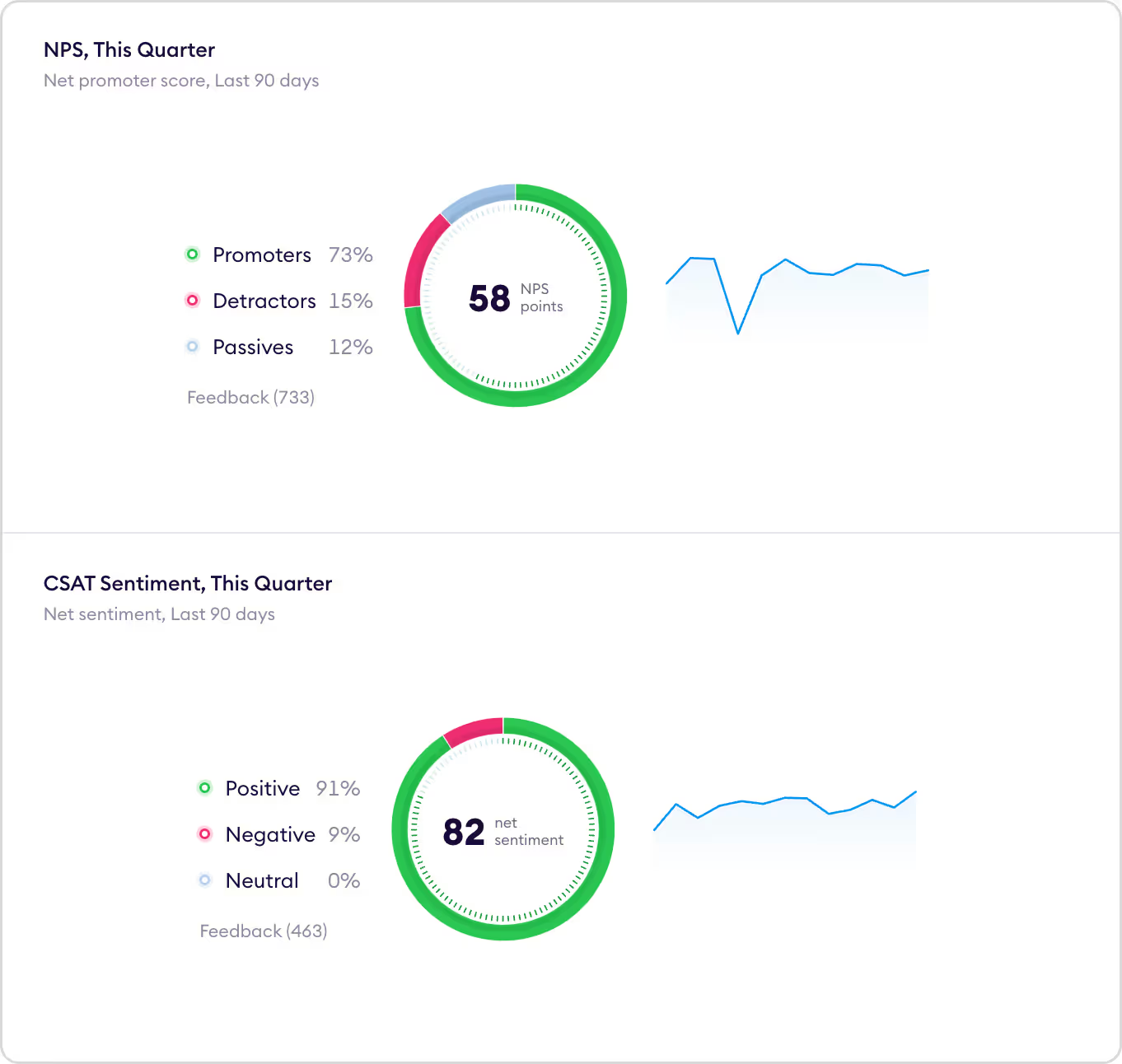
According to the PwC June 2023 Global Consumer Insights Pulse Survey, 32% of global consumers use reviews on retailer websites when researching products they intend to buy. In addition, 36% say they research products on Amazon that have reviews on every product page.
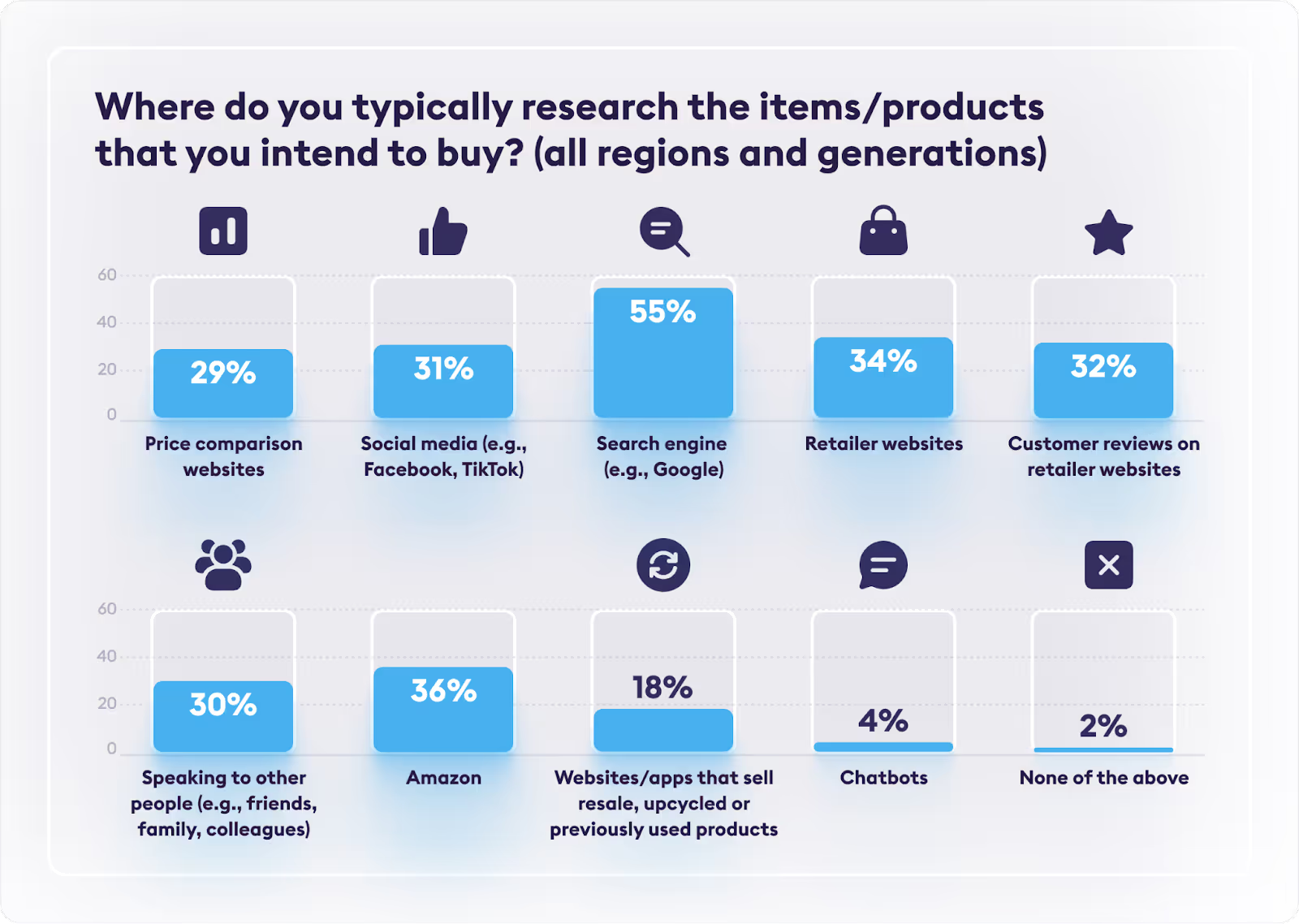
VoC data can be found in all kinds of places where consumers research products, including retailer websites (34%), social media (31%), and price comparison websites (29%). The higher your customer rates you, the more likely they’ll spend money with you in the next year or two. These word of mouth (WoM) reviews also influence other people to purchase – or not. Alarmingly, 63% of customers experiencing a problem feel rage and that comes through in reviews.
It makes sense for retailers to want the highest VoC metrics possible, but simple ratings aren’t enough to provide accurate insight. Free-form text comments contain the gold standard for customer sentiment but they’re also the hardest to distill and often get overlooked in VoC metrics. Combining insight from free text comments with rating scores allows retailers to understand what drives VoC metrics upward and what drives them down.
Using VoC for strategic decision-making
Being able to aggregate text comments with numeric ratings supercharges your ability to apply those metrics to strategic decisions that have a direct link to profitability. Doing it at scale using internal and external data from multiple sources gives you a clear-eyed view of what your customers like and what they don’t. Not only can you identify trends, CX professionals with optimized customer data can act in a much more proactive way.
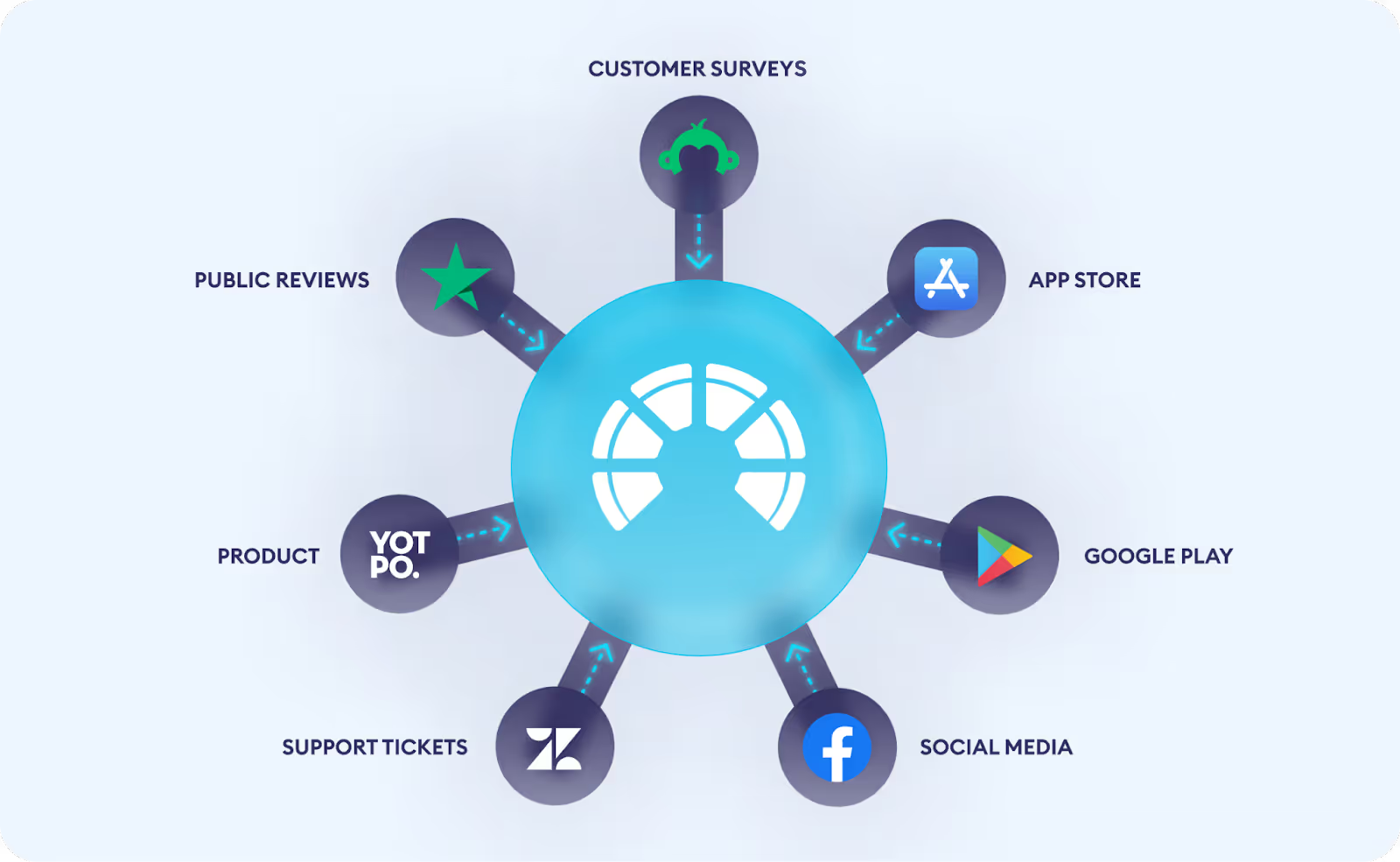
For example, you may discover a once-popular clothing category is dropping in VoC metrics. Online and in-store purchases continued at previous rates, but reviews suddenly began to track downward. Since sales are stable, chances are it’s not a style issue. Because both website and brick-and-mortar sales are performing as before, it’s not likely to be an e-commerce problem or customer-service issue.
Customer experience data points to the problem. Items are wearing out more quickly than before and consumers are no longer seeing value in purchasing them. Now you can investigate what’s changed in your manufacturing process or what’s changed with your suppliers. You have time to make the necessary changes to regain quality and restore faith in your product category.
Analyzing customer experience data
Chattermill helps you to get to the nitty-gritty of customer sentiment and demonstrate to your stakeholders the impact you’re having on business metrics. VoC metrics like NPS and CSAT are typically predictive of retention and WoM growth, so it is important to keep a focus on these metrics to consistently drive scores higher.
Using VoC tools enhances a retailer’s ability to make strategic decisions based on customer feedback about their experiences and expectations with a brand’s products or services. Having VoC data visualized on a dashboard that can be regularly monitored shows the impact your changes are making and builds confidence in the value of your CX program.
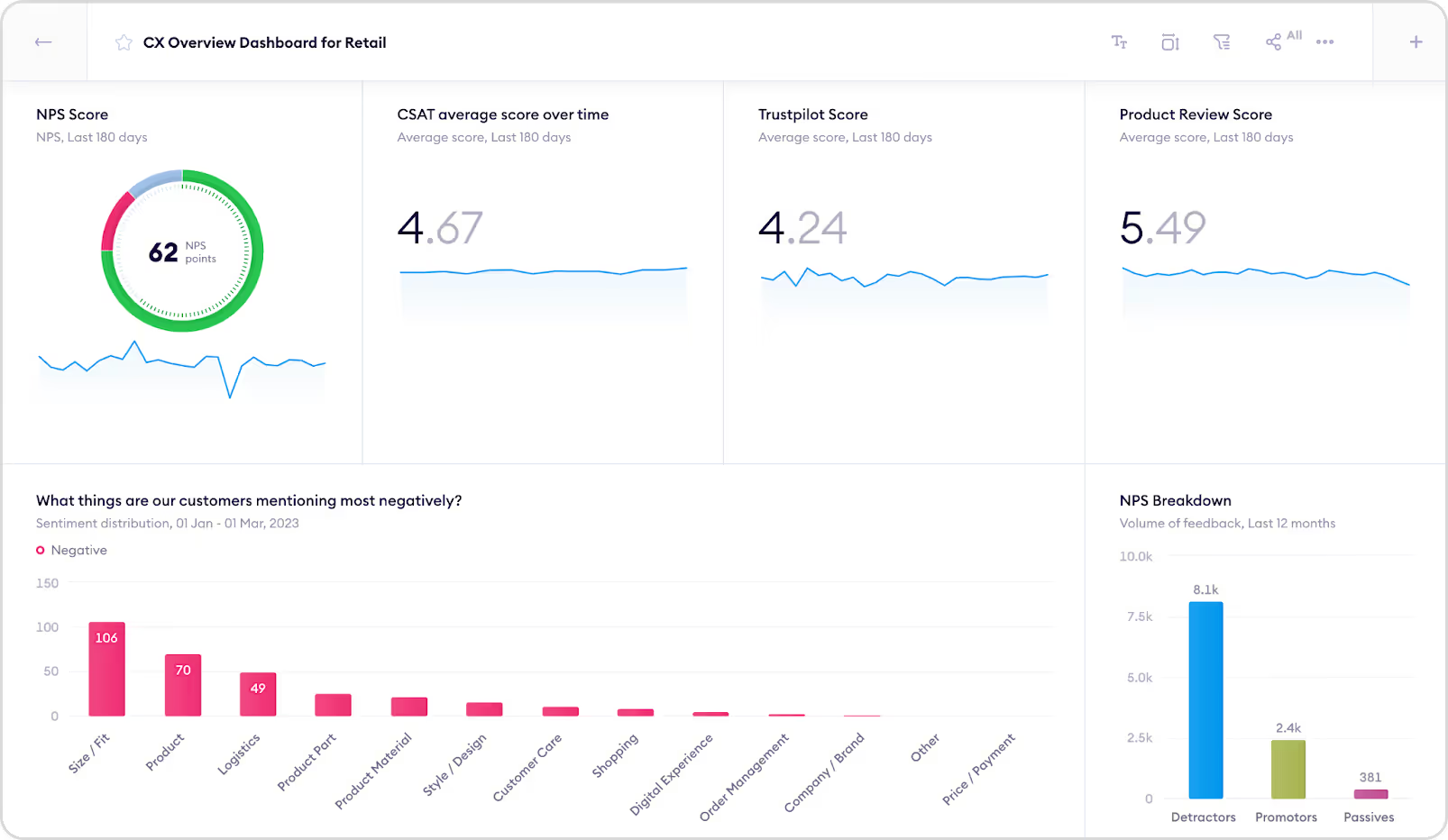
2) Drive Repeat Purchases
This first sale to a new customer is an indicator your retail store is satisfying a need. A repeat purchase – or many repeat purchases over time – is the sign of a healthy retail business. The modern shopper has more choice than ever before so retailers have to optimise the customer experience at every turn.
Ensuring every customer touchpoint is optimized and working in harmony is essential. It’s not a matter of doing one or two things really well and letting everything else coast along. Retailers like H&M, Reformation, and Lulu's understand the better customer experience they provide, the greater the chance of repeat purchases. Those organizations keep an eagle eye on their NPS because it’s an indication of customer satisfaction.
In fact, the NPS is used by two-thirds of the Fortune 1000 to track customer sentiment. A higher NPS leads to a higher frequency of visits and more loyalty from customers. That’s why California Closets CEO Bill Barton checks his company’s NPS the first thing every day – it’s that critical to managing his highly successful business.
Chattermill helps retailers analyze the difference between first-time buyers and loyal customers. It allows you to segment your customer experience intelligence by the number of repeat purchases. You can zero in on what creates the kind of customer loyalty that keeps them coming back again and again.
3) Grow Share of Wallet
Existing customers are by far easier to sell to than new ones. McKinsey estimates it is four times cheaper on average to get another order from an existing customer than from a new one. That’s why it’s crucial to separate out customer retention into its own effort to maximize Share of Wallet (SoW), the dollar amount customers regularly spend with a particular brand instead of their competitors.
Knowing what customers think and feel helps you make decisions that contribute to better customer experiences and higher customer satisfaction. This increases the likelihood your customers will spend more in each transaction, be more loyal to your brand, and purchase more often. An added bonus is existing customers don’t incur acquisition costs, keeping the profit margin higher on every transaction.
McKinsey research also shows that over time, brands focused on customer experience achieve higher shareholder returns and up to double the revenue growth compared to those who have lower customer satisfaction ratings.
Brands can improve SoW and enhance experience-led growth by satisfying more of their customers’ needs on a more regular basis. Strategies include:
- Cross-selling products – selling shoes with dresses or apparel with sporting equipment in the vein of ‘customers also bought’ suggestions.
- Upselling product – suggesting premium products or encouraging additional purchases like ‘buy three, get one free’ promotions.
- Repeat purchases, including subscriptions.
Running a customer retention initiative is one of the best ways to draw a direct line between customer experience and profitability. Chattermill can help you analyze your existing data and put you on the path to higher overall SoW metrics.
4) Reduce returns
One area retailers can find growth opportunity is by reducing the number of returns. While returns have always been a part of retail, the problem skyrocketed during the unexpected surge of online shopping during COVID. Logistics and fluctuating shipping costs continue to plague the issue of online returns for retailers. Even a small reduction in returns can have a big impact on the bottom line of a retail business.
According to the National Retail Federation, the USA retail industry experienced a staggering $743 billion in merchandise returns in 2023. Of those returns, $101 billion are considered fraudulent, including tactics like wardrobing (buying an expensive item then returning after wearing it).

To get a better understanding of the problem, PwC included a new question in the June 2023 Global Consumer Insights Pulse Survey about what would influence consumers to reduce the number of returns they make. The top three answers related directly to customer experience.
- 45% - more accurate sizing information
- 44% - greater accuracy in product descriptions
- 40% - reading other customers’ reviews.
Recently, some retailers have opted for the easy solution of charging customers to make returns. The problem is it dramatically impacts the quality of customer experience. Chattermill’s experience helping a large fashion brand reduce returns produces a better approach.
Before taking a punitive approach, retailers should exhaust opportunities by eliminating the CX issues causing them. SKU-level insights on what’s driving returns can assist this work and help CX teams drive profitability by tackling a post-sales problem. CX Intelligence can reveal critical issues related to inaccurate sizing and poor product descriptions – the two biggest causes of product returns. Having this information at your fingertips empowers CX teams to directly impact the bottom line of the organization.
Customer experience data can help identify what your ideal customers think and feel. Chattermill provides the kind of unified data needed to make accurate assessments about who’s making a positive contribution to your bottom line and who’s not.
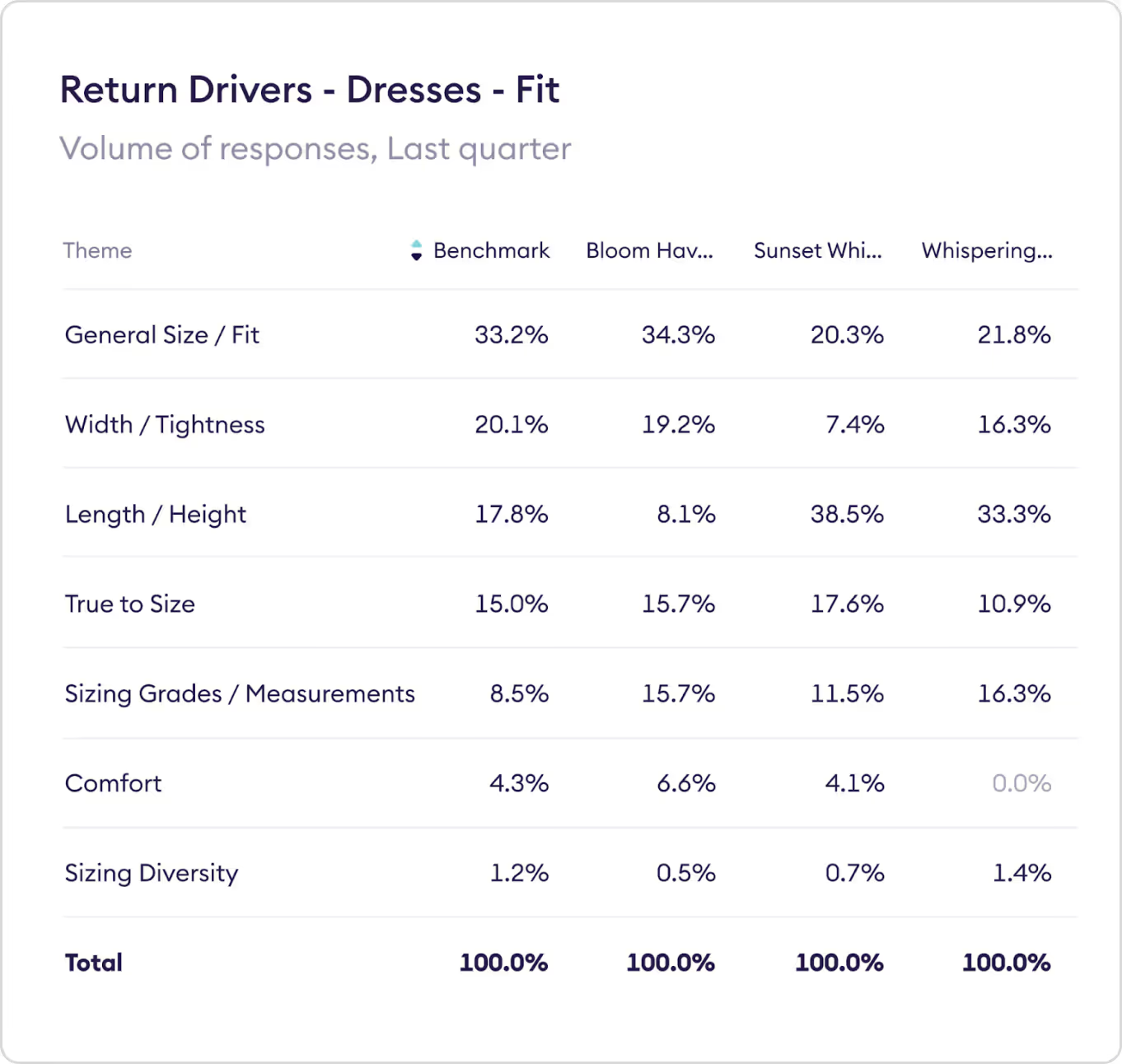
5) Reduce customer contact volume
Strong customer service is one of the most popular strategies for companies relying on the customer experience to drive growth. Brands like Zappos treat their service as a key differentiator. While customers love great service, what they don’t like is trying to resolve hassles before, during, or after purchase. The less friction they encounter, the happier they’ll be.
Every interaction with customers costs money, so it pays to think of ways to minimize contact. The easy answer is to make it more difficult to get in touch or to reduce costs by lowering quality. Brands rely on tactics like outsourcing, moving customer support offshore, using chatbots, and increasing wait times to name a few.
But here’s the thing: satisfied customers typically have fewer questions and cost less to maintain. According to McKinsey, the likelihood of retaining satisfied customers is 20 to 30 percent higher than if customers are less satisfied. It may seem counterintuitive but investing in CX Intelligence is a great way to reduce customer contact.
CX Intelligence allows companies to find opportunities to solve the issues at the source, meaning fewer customers get in touch. Knowing why people are unhappy is a chance to improve the customer experience and even insulate retailers from poor reviews. This involves analyzing raw customer service interactions as well as post-interaction surveys – the kind of work Chattermill helps retailers with every single day.

6) Build a seamless omnichannel experience
One silver lining for COVID was retailers invested in their online presence and are now reaping the rewards of digital transformation. For customers, it’s no longer good enough to silo their online and in-store shopping experiences. An omnichannel experience is table stakes for customer loyalty. Having insights across the whole customer journey can point to weaknesses and provide retailers ways to address performance issues across customer touchpoints.
A true omnichannel shopping experience is more than in-store and e-commerce purchasing. It gives customers a harmonious shopping experience where they shift seamlessly in and out, and between multiple channels which are integrated together, including:
- Social media
- Live chat
- PPC ads
- SMS
- Brand website
Research from Bain & Company shows a strong link between growth and a company's NPS. On average, NPS leaders experienced two times faster growth than their competitors. “In most industries, Net Promoter Scores explained roughly 20% to 60% of the variation in organic growth rates among competitors.” Those are excellent reasons to monitor your NPS and ensure the customer experience consistently results in high ratings and positive customer feedback.
Chattermill provides retailers with a complete picture of their customer experience data, which helps identify gaps in the omnichannel experience. It gives insights into where customers are experiencing friction in their retail ecosystem and alerts them to what needs to be done to improve NPS and other customer satisfaction metrics.
Are you ready to get started?
Let Chattermill show you how to convert your customer experience data into long-term profit.
